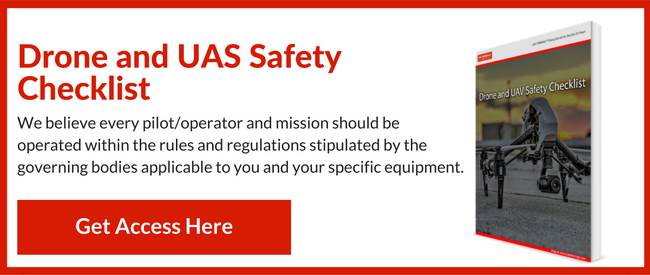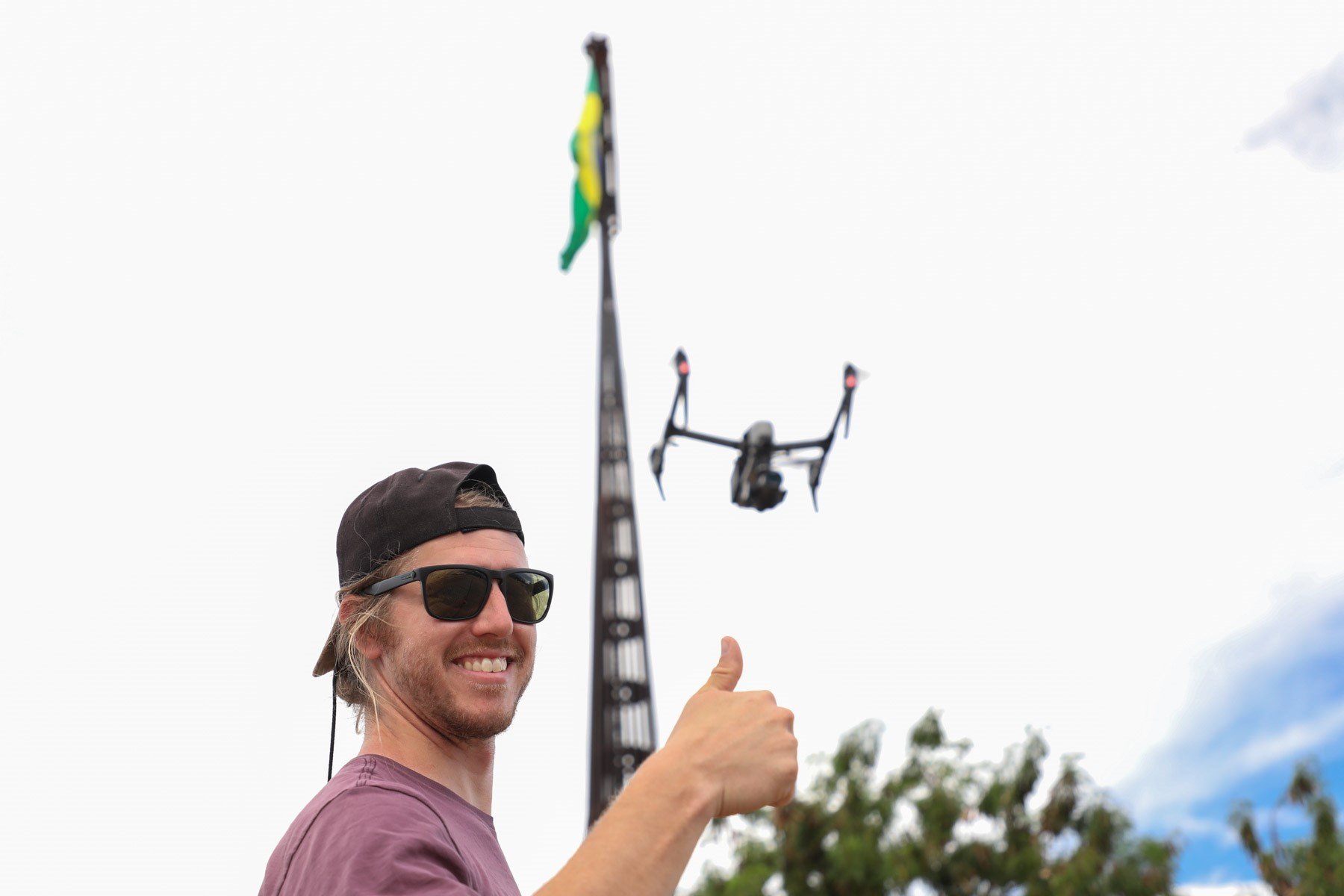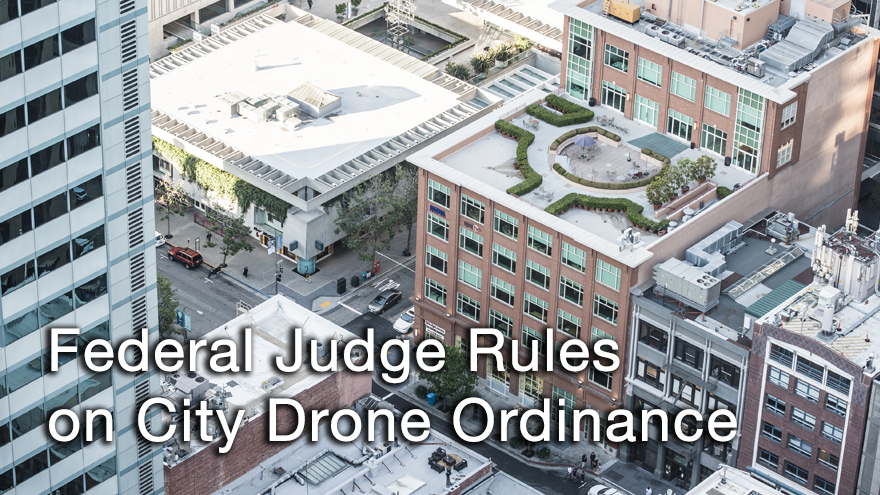 One of the most common questions we get is, "how can I legally fly a drone for my business?" In order to fly your UAS legally for commercial purposes you will need to complete the online training course "Part 107 small Unmanned Aircraft Systems (sUAS) ALC-451", which is available on the FAA FAASTeam website. In this post, we will break down some of the important highlights of the FAA Rule Part 107 and some of the basic requirements you must meet in order to be eligible.
One of the most common questions we get is, "how can I legally fly a drone for my business?" In order to fly your UAS legally for commercial purposes you will need to complete the online training course "Part 107 small Unmanned Aircraft Systems (sUAS) ALC-451", which is available on the FAA FAASTeam website. In this post, we will break down some of the important highlights of the FAA Rule Part 107 and some of the basic requirements you must meet in order to be eligible.
The FAA released a fact sheet for the Small Unmanned Aircraft Regulations, also know as Part 107, on June 21, 2016. These new rules are for the non-hobbyist small unmanned aircraft (UAS) operators. In their PDF report, which you can download here, they cover a broad spectrum of commercial uses for drones that weigh less than 55 pounds. In order to become a legal UAS pilot, you will need to meet the following requirements.
First-Time Pilots
To become a pilot you must:
- Be at least 16 years of age.
- Be able to read, speak, write, and understand English (exceptions may be made if the person is unable to meet one of these requirements for a medical reason, such as hearing impairment)
- Be in a physical and mental condition to safely operate a small UAS
- Pass the initial aeronautical knowledge exam at an FAA-approved knowledge testing center
Pilot Certificate Requirements:
- Must be easily accessible by the remote pilot during all UAS operations
- Valid for 2 years – certificate holders must pass a recurrent knowledge test every two years
Existing Pilots – What to Expect
Eligibility:
- Must hold a pilot certificate issued under 14 CFR Part 61
- Must have completed a flight review within the previous 24 months
Remote Pilot Certificate Requirements:
- Must be easily accessible by the remote pilot during all UAS operations
- Valid for 2 years – certificate holders must pass either a recurrent online training course OR recurrent knowledge test every two years
Application Process
The application process differs slightly between new and existing pilots. New pilots need to schedule an appointment with a Knowledge Testing Center, where you will take your initial aeronautical knowledge test. Once you have completed this process and successfully passed the exams, you will then need to complete FAA Form 8710-13 for a remote pilot certificate using the electronic FAA Integrated Airman Certificate and/or Rating Application system. You can register here. After completing FAA Form 8710-13 and passing the TSA security background check, you will receive a temporary remote pilot certificate by email. Your permanent remote pilot certificate will be sent to you in the mail once the FAA-internal processing is complete.
For existing pilots, the process begins with completing the online training course, "Part 107 small Unmanned Aircraft Systems (sUAS) ALC-451" which you can find here. Next, you will need to complete FAA Form 8710-13, which can be done by paper or online. After you prove your identity, an FSDO representative, a DPE, or an ACR will issue the applicant a temporary airman certificate. Your permanent remote pilot certificate will be sent to you in the mail once the FAA-internal processing is complete.
Learn more about the application process here.
Pilot Certification
In order to operate the controls of a small UAS under Part 107, you must have a remote pilot airman certificate with a small UAS rating, or be under the direct supervision of a person who holds such a certificate.
If you have a non-student pilot Part 61 certificate, you will receive a temporary remote pilot certificate when you apply for a permanent certificate. If you do not have a non-student pilot Part 61 certificate, you will receive your temporary remote pilot certificate upon successful completion of a security background check.










